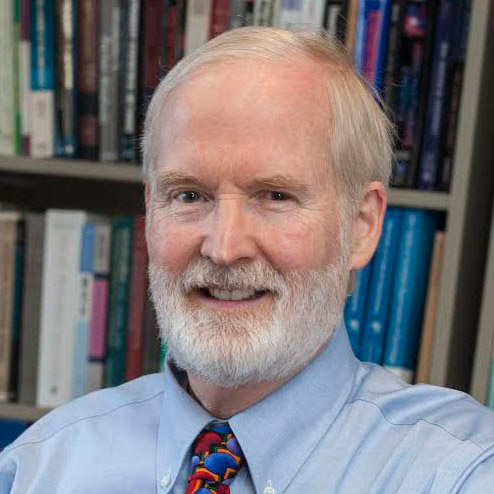The generational equity frame convinced many people that fairness between generations was a major issue, an idea that persisted over time. For example, even after the end of the Great Recession of 2008, media outlets highlighted the large number of college graduates working in jobs that didn’t reflect their educational credentials. The Wall Street Journal called this the “well-educated-barista economy,” arguing that the high price of college wasn’t paying off for younger adults. When this was contrasted with stories of older Americans working longer, it caused people to ask whether older adults were squeezing the young out of the “good jobs.” The generational equity frame pitted the interests of older and younger adults against each other—and appealed broadly to the ideas of fairness and justice. But it ignored some aspects of reality.
The concept of generational interdependence offered an alternative frame for viewing aging in the US. First posited in 2003, generational interdependence focuses on the interests different generations have in common rather than the ones that pit them against each other. This frame also rightly emphasizes the wide variation among older people; some need more financial help from the government than others might. Though it draws from the same data as the generational equity frame, it highlights different aspects of that data. For example, in the generational interdependence frame, the increasing proportion of single-parent households and the reductions in federal spending—more than the tendency of older workers to delay retirement—may explain the deteriorating economic conditions of younger generations.
Generational interdependence focuses on the interests different generations have in common rather than the ones that pit them against each other.
This perspective on the “well-educated-barista economy” focuses our attention on what the political scientist Jacob Hacker has called the Great Risk Shift: the transfer of financial risk from corporate and government entities to individuals and families. In this view, the troubles of both new college graduates and people nearing retirement spring from similar sources. The shift from traditional pension plans to defined-contribution retirement plans exposed older workers to new financial risks. And the growth in student loan balances represents another way in which risk shifted to individuals and families. The generational interdependence frame draws attention to the concerns that generations share, rather than those they don’t.
The core lesson here is that there are multiple ways of understanding our experience. Thinking in terms of generational interdependence—rather than competition between generations—might offer a way through the debates surrounding old-age policies in the United States. Generational interdependence suggests that “we’re all in this together.” And that can be a powerful thought.
John B. Williamson ’64, professor emeritus of sociology at Boston College, helped develop the frame of generational interdependence. Williamson and Tay K. McNamara, senior research associate at the Women’s Studies Research Center at Brandeis University, coauthored the book Ageism: Past, Present, and Future, published in 2019 by Routledge.
Q&A

COURTESY OF JOHN WILLIAMSON
An aging expert on growing old
John Williamson ’64, who tackled such topics as the politics of aging and Social Security policy in his 50-year career as a sociology professor at Boston College, weighs in on how old age has changed.
When did you first start studying aging, and why?
I think I was influenced by my wife, Bette Johnson, who has her PhD and taught gerontology. We wrote a book together on growing old.
